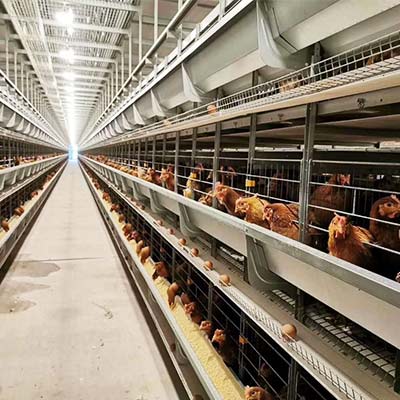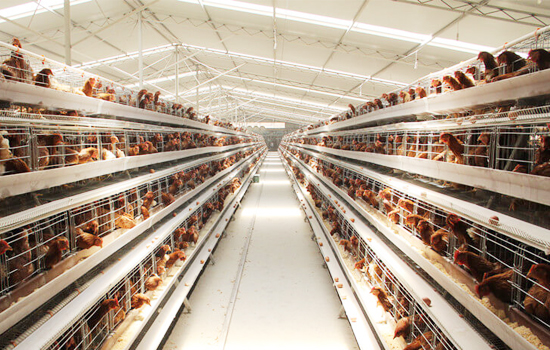Automatic Battery Layers Chicken Cages Revolutionize Poultry Farming
- Published in Method of breeding chicken
In the heart of modernizing poultry farming, the integration of automatic battery layers chicken cages has sparked a significant transformation in the industry. These advanced systems are redefining efficiency, welfare, and productivity for both farmers and their feathered flocks.
Gone are the days of traditional chicken farm setups. This article delves into the groundbreaking technology and design of these cages, highlighting their multifaceted benefits.

The article explores the intricate layers of innovation within these layer chicken cages, emphasizing their automatic features that streamline operations. From automated feeding systems to precise climate control mechanisms, every aspect is tailored to optimize the birds' environment, ensuring their comfort and health.
Moreover, the integration of smart sensors and monitoring devices ensures that farmers can remotely oversee and regulate various parameters. This not only enhances the welfare of the chickens but also empowers farmers with real-time data for informed decision-making.
In addition to the technological advancements, the article delves into the space-saving nature of these battery cages. Their vertical design maximizes the use of available space, allowing for increased capacity without compromising the birds' freedom of movement.
Furthermore, the environmental impact is highlighted, emphasizing how these poultry equipment contribute to sustainable farming practices. Reduced waste and efficient resource utilization are key elements showcased, underlining the positive ecological footprint of these modernized systems.
Through expert insights and testimonials from farmers who have adopted these cages, the article aims to illustrate the tangible benefits experienced firsthand. Increased productivity, improved egg quality, and minimized labor are among the advantages highlighted, painting a compelling picture of the transformative power of automatic battery layers chicken cages in the poultry industry.
In essence, this article serves as a comprehensive guide, illuminating the cutting-edge technology and myriad advantages of these innovative systems, positioning them as a cornerstone in the evolution of efficient and sustainable poultry farming.

